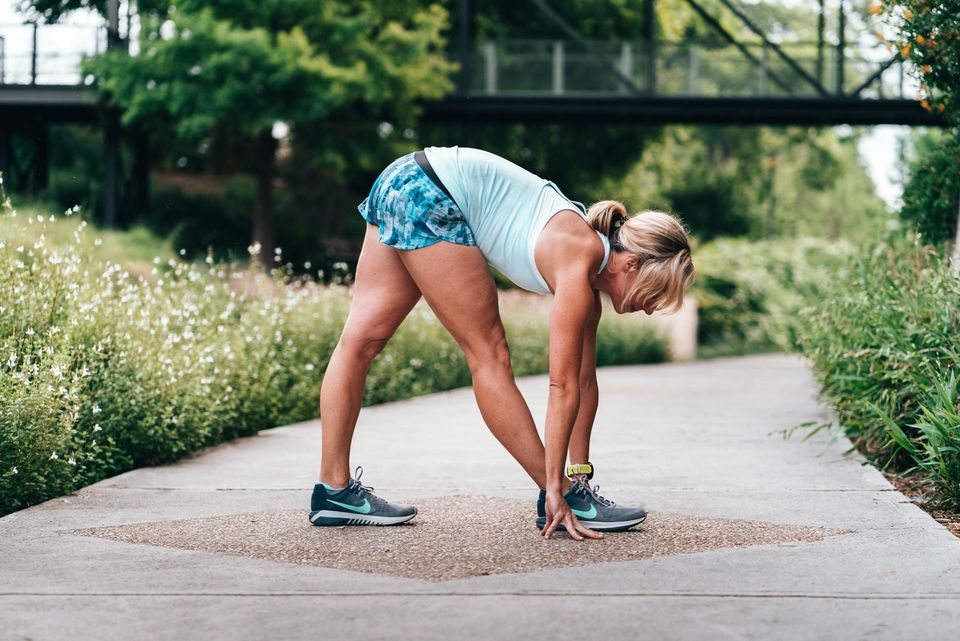Paul Linden, PhD
www.being-in-movement.com
paullinden@aol.com
How can people bear to cause other people pain? How can people embrace racism, sexism, political and religious violence, and hatred? A major part of the answer is that it is all too easy for people to see the world through fear and anger and to view other people as not fully human. But in dehumanizing others, people dehumanize themselves. And in so doing, they become numb and can hurt others without feeling it.
However, this is not simply a political, cultural, psychological or spiritual problem. This whole process takes place in the body. Though most people do not notice it, emotions are actions that we do in the body. Hatred is something that is done in the body.
To change how we feel, it is not enough just to decide to stop destructive feelings. The body must be taught to not hate. And in a sense that is impossible. It is impossible to stop a negative. It must be replaced with a positive. Through specific and concrete body techniques, it is possible to teach people to create, understand and use in their lives a body state of awareness, power and compassion. This is not the whole solution, but it is a necessary foundation. It moves people to feel others as human and to care what happens to them.
Based on his 50 years of practice, Paul has developed a short series of simple, powerful transformational exercises. By using concrete and testable language in teaching, Paul can help people learn very rapidly how to apply these techniques effectively in their lives.
PAUL LINDEN, PhD is a body awareness educator, a martial artist, and an author. He is the developer of Being In Movement® mindbody education, and founder of the Columbus Center for Movement Studies in Columbus, Ohio. He holds a BA in Philosophy and a PhD in Physical Education. He has been practicing and teaching Aikido since 1969 and holds a sixth degree black belt in Aikido as well as a first degree black belt in Karate. In addition, he is an instructor of the Feldenkrais Method® of somatic education. He has extensive experience teaching people such as musicians, athletes, business people, computer users, pregnant women, adult survivors of child abuse, and children with attention deficit disorder. Paul has written numerous papers on diverse topics. He has also authored a number of e-books and videos, among which are (at www.being-in-movement.com):
• Embodied Peacemaking: Body Awareness, Self-Regulation and Conflict Resolution
• Winning is Healing: Body Awareness and Empowerment for Abuse Survivors
• Embodying Power and Love: Body Awareness & Self-Regulation (10 hour video)
• Talking with the Body: Training for Helping Professionals. (10 hour video)
 Energy
Energy







 Biology
Biology


 Knowledge
Knowledge


 Beliefs
Beliefs


 Mind / Body
Mind / Body






 Mechanics
Mechanics
